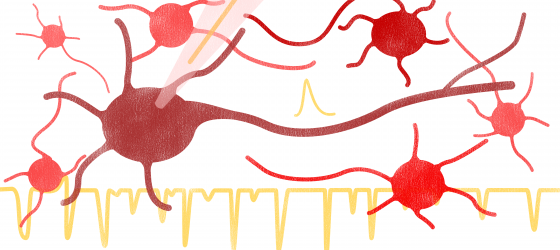Our goal is to understand the epigenetic mechanisms activated by neuronal activity that modulate nervous system plasticity, including adaptive, maladaptive, and homeostatic components. Under physiological conditions, these processes may play compensatory and protective roles, whereas under pathological conditions they may contribute to the establishment of dysfunctional neuronal circuits. The study is conducted at the single-cell level or in neurons organized into microcircuits, using electrophysiology, functional live imaging, and biochemistry
Characterization of the role of the epigenetic factor NRSF/REST in hippocampal long-term potentiation (LTP) and cortical gamma oscillation generation
Study of neuroinflammatory mechanisms, with particular attention to TRP channels and epigenetic/homeostatic responses capable of counteracting them
Study of epigenetic/homeostatic processes that protect circuits from neuronal hyperactivity through modulation of energetic metabolism (low–glycemic index diets, glycolysis inhibitors)
Scientists: Baldelli P., Dionisi M., Onofri F., Valente P.
